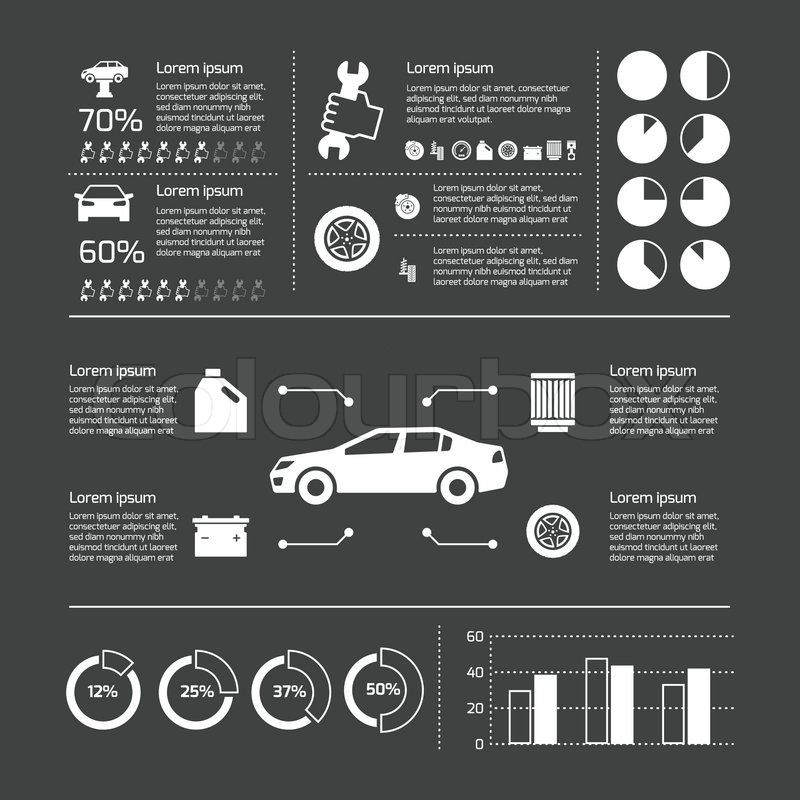Interpreting Your Automobile'S Alert Lighting: Their True Ramifications
Interpreting Your Automobile'S Alert Lighting: Their True Ramifications
Blog Article
Web Content By-Lauritsen Gilbert
When you lag the wheel, those glowing caution lights on your control panel can be a little bit perplexing. Do you recognize what they're trying to inform you about your cars and truck's health and wellness? Recognizing the importance of these lights is important for your safety and the longevity of your lorry. So, the following time among those lights appears, would not you intend to decipher its message accurately and take the essential steps to resolve it?
Common Warning Lights and Interpretations
Identify typical warning lights in your vehicle and understand their meanings to make sure safe driving.
One of the most typical caution lights include the check engine light, which signals problems with the engine or discharges system. If this light comes on, it's critical to have your car checked quickly.
auto interior detailing alerting light suggests low oil stress, calling for prompt focus to prevent engine damages.
A blinking battery light could suggest a defective charging system, potentially leaving you stranded if not dealt with.
The tire stress tracking system (TPMS) light informs you to reduced tire pressure, affecting car stability and fuel performance. Overlooking this can cause hazardous driving conditions.
The abdominal muscle light suggests an issue with the anti-lock braking system, jeopardizing your ability to stop quickly in emergencies.
Last but not least, the coolant temperature level cautioning light warns of engine getting too hot, which can cause extreme damage if not fixed promptly.
Recognizing these usual warning lights will certainly aid you resolve concerns immediately and maintain risk-free driving problems.
Relevance of Prompt Interest
Understanding the usual caution lights in your automobile is just the primary step; the significance of without delay addressing these warnings can not be emphasized sufficient to guarantee your safety and security when driving.
When a warning light illuminates on your control panel, it's your cars and truck's means of interacting a prospective concern that requires interest. Neglecting these warnings can cause more extreme troubles later on, endangering your security and potentially costing you much more out of commission.
Prompt focus to advising lights can protect against malfunctions and mishaps. As an example, a blinking check engine light can suggest a misfire that, if left unattended, could create damage to the catalytic converter. Resolving this immediately can save you from a costly repair work.
Similarly, a brake system cautioning light may indicate reduced brake fluid or used brake pads, critical parts for your safety and security when driving.
Do It Yourself Troubleshooting Tips
If you discover a caution light on your dashboard, there are a couple of do it yourself troubleshooting suggestions you can attempt before seeking expert aid.
The first step is to consult your vehicle's guidebook to understand what the details warning light indicates. Sometimes the issue can be as simple as a loose gas cap setting off the check engine light. Tightening the gas cap might resolve the problem.
Another common concern is a reduced battery, which can activate different alerting lights. Examining the battery connections for rust and ensuring they're secure might deal with the problem.
If a warning light lingers, you can attempt resetting it by detaching the cars and truck's battery for a couple of mins and afterwards reconnecting it. Additionally, examining your car's fluid levels, such as oil, coolant, and brake fluid, can help troubleshoot cautioning lights connected to these systems.
Conclusion
Finally, recognizing your auto's warning lights is important for keeping your lorry running efficiently and safely. By without delay addressing these alerts and recognizing what they imply, you can avoid pricey repair services and potential failures.
Bear in mind to consult your vehicle's handbook for specific details on each cautioning light and do something about it as necessary to guarantee a trouble-free driving experience.
Keep informed, stay risk-free when traveling!
